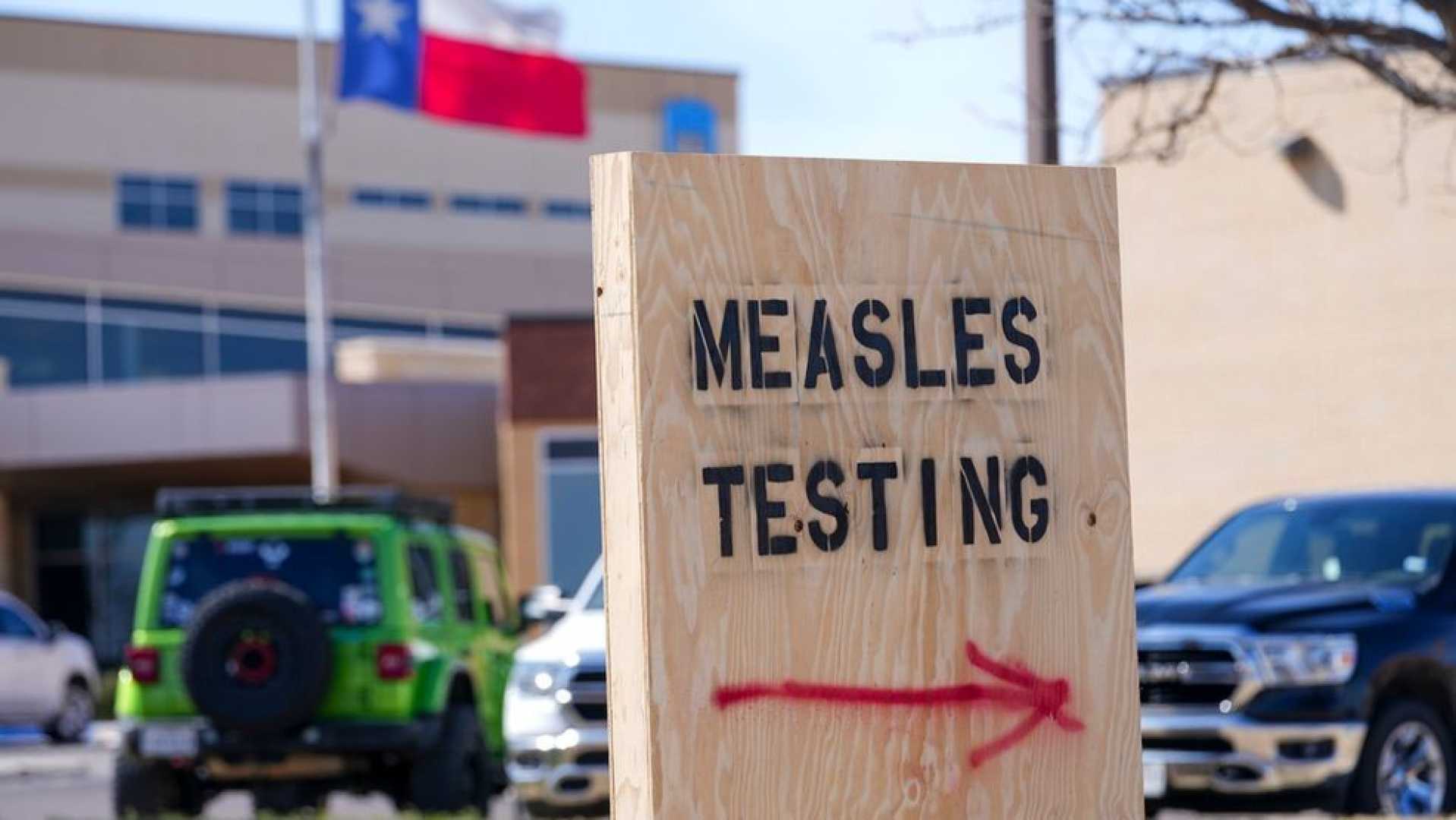Health
Oregon Reports First Measles Case of 2025 in Unvaccinated Adult

PORTLAND, Ore. — The Oregon Health Authority (OHA) has confirmed the state’s first measles case of 2025 in an unvaccinated adult. The individual developed symptoms after returning to Oregon from international travel and was hospitalized.
The case, confirmed on June 23, involved a patient who began showing symptoms including a sore throat and fever on June 16. The individual was hospitalized on June 19 with a rash and conjunctivitis, and was discharged on June 21. Officials stated that no patients were exposed during the person’s hospitalization, and the patient is now recovering.
Health officials believe the individual contracted measles while traveling abroad in the weeks prior to returning to Oregon. This case is not linked to any ongoing outbreaks in other U.S. states.
“We’re here to tell you that measles is now in Oregon, and if you’re not vaccinated, you are susceptible,” said Dr. Paul R. Cieslak, medical director for communicable diseases and immunizations at OHA’s Public Health Division. He warned that measles can be contagious before symptoms appear.
Potential exposure sites include United Airlines flight UA1832 from Chicago, Portland International Airport on June 17, and Safeway in Lake Oswego on June 22.
Vaccination rates for kindergartners in Oregon have seen a concerning rise in nonmedical exemptions, with 9.7% claiming exemptions for the 2024-2025 school year, the highest reported rate. However, 86.3% of kindergartners have been fully vaccinated this school year.
In an earlier plea, U.S. Senators Ron Wyden and Jeff Merkley urged health officials to increase vaccination rates in response to increasing measles cases nationwide, emphasizing the importance of community immunity.
Dr. Cieslak noted that measles is highly contagious and can spread rapidly. “Those who suspect they have measles should call their healthcare provider before visiting in person to prevent further exposure,” he advised.
Measles spreads through the air when an infected person coughs or sneezes. Symptoms typically emerge seven to 21 days following exposure and include fever, cough, and a rash that appears several days later. Complications can be severe, particularly for those unvaccinated, pregnant people, and infants under 1 year old.












